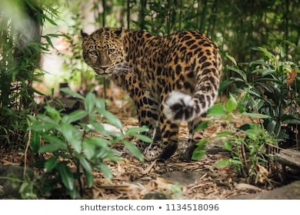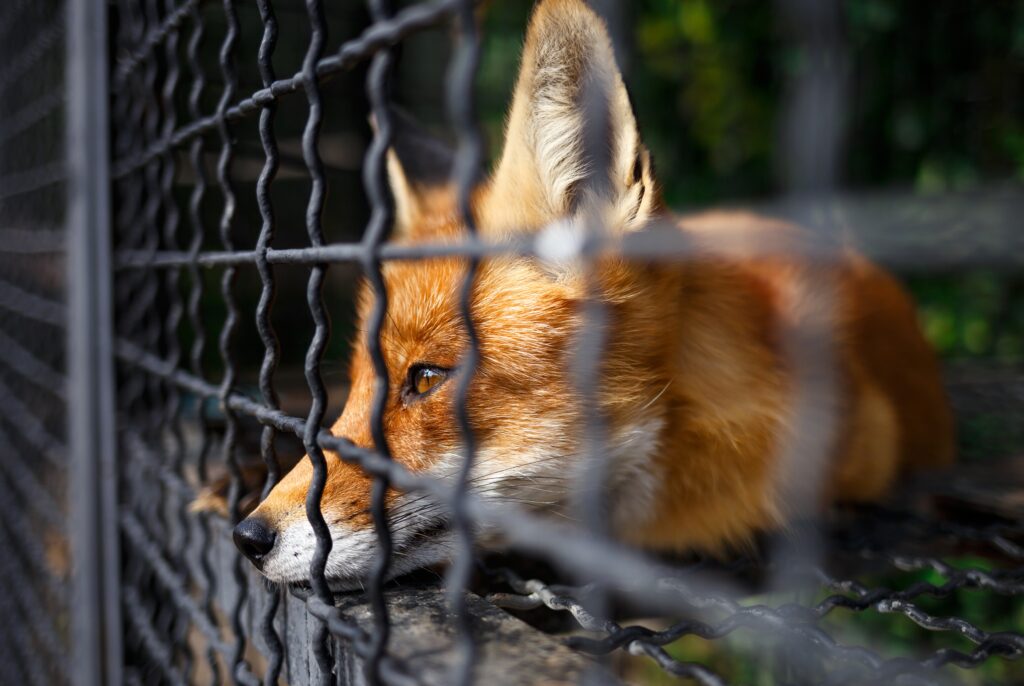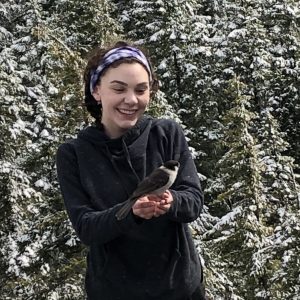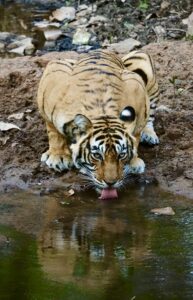
Japan Closes Last Fur Farm!


Aubree Cosper

Aubree Cosper
Senior Staff Writer for SAFE Worldwide
What Are Fur Farms?
We are all consumers of some sort. From the food we buy to the newest line of Nike shoes – we are all part of a consumerist society. This is currently the reality of our world, we must buy things to function. And while many of the things we purchase on a day-to-day level may be necessary for our well-being this does not mean we can not be conscious consumers – especially when it comes to things like clothes.
Fur farms are very similar to industrialized farming. You likely have seen videos of pigs lined up in too small pens waiting to be butchered for their meat. A very similar reality is happening for thousands of animals that have been deemed to have “acceptable clothing fur”. While fur clothing may have been a necessity before the industrial revolution, this is certainly not the case anymore especially for highly developed nations, the same nations that are the biggest exports and imports of fur.
Current Fur Farming Practices
The United States alone killed around 3.1 minks in 2018 while China was responsible for the deaths of over 50 million animals for their fur alone (The Humane Society International). Fur farming is illegal in places like Austria, the UK, and the Netherlands but it is still a highly practiced and legal system in the United States, Canada, China, and other nations.
Fur farms are not your “local farms” that you may picture when thinking of animals being raised in captivity. These animals include; minks, raccoons, foxes, and even dogs and cats in some countries. They are forced to live short and cruel lives in small cages often suffering from diseases and wounds caused by living in small cramped conditions. They are not fed well and a fur farm is unlikely to pay for veterinary care as this can be seen as a negative for their profit margin. Such suffering for a fashion industry that no longer needs to rely on such measures when there are new technological advancements that allow for new ways to create faux fur coats, faux fur-lined clothing, and other accessories.
Japan Closes Its Last Fur Farm
One developed country that has highlighted the possibility of moving away from a fur-centered fashion industry, Japan. Japan has a large economy and it has been growing and flourishing especially since the 1950s and fashion has been a large part of that economic growth. In 2006 Japan outlawed the creation of new mink fur farms in the country (PETA Asia). Mink fur is the largest supplier in the fur industry so this was a very important step. While the eradication of fur farms in Japan may have been helped by laws such as this one, conscious consumers wishing to buy more ethical clothing caused the eventual downfall of Japan’s fur industry.Campaigns such as “Rather Go Naked Than Wear Fur”, Fur Free Alliance, and graphic but realistic videos of the treatment of minks in fur farming facilities have opened consumer’s eyes. People were able to understand that they were not just buying a fur coat but a coat that was made through suffering and disturbing means. Most people do not want to be part of a system that causes undue suffering to any individual. In 2016 the demand for fur had dropped so significantly the last fur farm operating in Japan (Otsuka Mink Farm) closed its doors not because of any law or government action but because of the people’s choice (Plaid Zebra). The people had chosen to direct the market away from the cruelty of fur farming and it had success! Conscious consumerism allowed for the ability of the people to choose a better alternative, one where thousands of animals did not need to be killed for a fashionable look.
The Future of Fur
For many animal activists and those who care about the well-being of animals in general the fur farming industry is extremely disturbing. But we must ask ourselves who does the fashion industry sell to? Whos tastes are they catering to?The choices we make as consumers is the biggest impact on the fashion industry and fur use. When we choose to shop ethically and buy fur-free we are consciously choosing to show the fashion industry that we are willing to take our money elsewhere. It is important to highlight that fur coats or fur-trimmed clothing can be expensive and cater to the upper class. This does not mean that we can not all make better choices and spread the word about the reality of where these coats have come from.
The good news is that many people are already joining the movement to stop fur in fashion. While fur farming is still very prevalent and legal at a federal level California became the first state to ban fur sales. Common luxury brands such as Coach, Gucci, and Versace have adopted fur-free policies as well (Humane Society of the United States). Make sure to check out the Humane Society’s ethical shopping guide to learn more about how you can choose a more ethical shopping experience! The change starts with people like you – people who are passionate about protecting animals and making sure their future is one we share.
Resources
Fur farms. (2017, August 08). Retrieved April 08, 2021, from https://www.peta.org/issues/animals-used-for-clothing/fur/fur-farms/
Going Fur-Free. (n.d.). Retrieved from https://www.humanesociety.org/all-our-fights/going-fur-free
GREAT NEWS! The Last Fur Farm in Japan Just Shut Down. (2020, May 28). Retrieved from https://www.petaasia.com/news/japan-fur-farm-shut-down
The fur trade. (2020, August 13). Retrieved April 08, 2021, from https://www.hsi.org/news-media/fur-trade/
The Plaid Zebra. (2017, April 26). Japan says no to animal cruelty by closing its last remaining fur farm. Retrieved from https://theplaidzebra.com/japan-says-no-to-animal-cruelty-by-closing-its-last-remaining-fur-farm
Disclaimer: The opinions, beliefs and viewpoints expressed by the various authors and forum participants on this web site are their own and do not necessarily reflect the opinions, beliefs and viewpoints of SAFE Worldwide.





